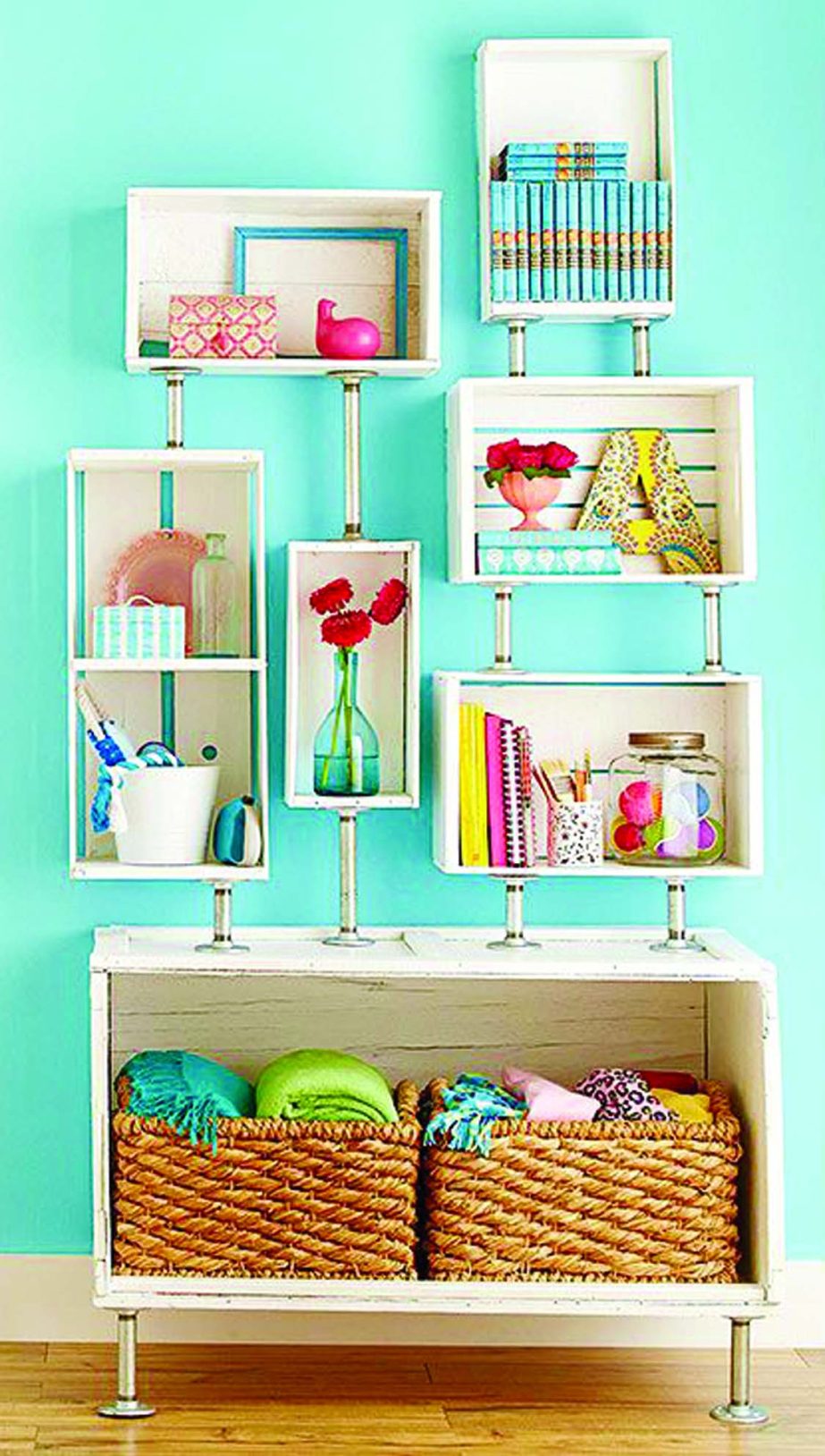
One of the most rewarding and cost-effective household projects is reviving an old piece of furniture with a fresh coat of paint.
Painted furniture can freshen up the look of any space-and you can easily change the color to coordinate with a room’s color scheme.
Good candidates for painting are dressers, tables, bookcases, mirror frames, and non-upholstered chairs.
Choosing the paint colours for furniture
Perhaps the most fun, creative part of painting your own furniture is choosing just the right hue to harmonise with the color scheme of the room the piece will live in.
Keep in mind that darker colors will appear larger and might overwhelm a small room.
Brighter colors and colors that contrast sharply with the walls and other furnishings will draw attention to a piece and make it the focus of the room, while lighter colors will help a piece blend in.
Preparing surfaces for painting
Preparing furniture for painting is simple. Just follow these steps:
1. Rough Sanding: Start with a medium-grit sandpaper to remove traces of dirt and residues from polishing or waxing compounds, which may cause adhesion problems for the primer or paint.
2. Repairing: Next, repair cracks, joints that have expanded, and nail holes with a good wood-patching compound. After the compound has thoroughly dried, sand it down to make it even with the surrounding wood.
3. Fine Sanding: Using fine-grit sandpaper, emery cloth, or sanding block, lightly smooth the surface so that there are no drop-offs, or ledges, between sections of remaining finish and bare wood. Then wipe the entire surface with a damp, clean cloth to remove any remaining traces of dust and particles.
4. Priming: Unless you are repainting a previously painted piece, you should prime the surface, particularly when bare wood has been exposed. In some cases, spot priming will do.
Choosing the right paint
High-quality latex paints are easy to apply, easy to clean up after, and create a smooth finish. When painted with care, they generally require no more than one coat.
The type of finish will depend on whether your painted furniture will have a purely decorative function or a practical use. If the piece will be touched often, choose a protective gloss or semi-gloss finish that can be easily wiped clean.
How to paint furniture
The actual painting is the simplest and easiest step in the process.
First, paint the larger, flat surfaces. Start near a corner, but not on the very edge, and work outward, brushing with the grain. Be sure to not overload your brush with paint. If you want a thicker coat, let the first coat dry before repainting rather than using too much paint the first time.
Continue by painting the edges and trim. If there is too much paint on the brush when you brush up to or over an edge, some of the paint might run over, so be especially careful and wipe any drips or overflow immediately with a clean, damp cloth.
Finally, all that’s left to do is let it dry and enjoy the beautiful results! n

